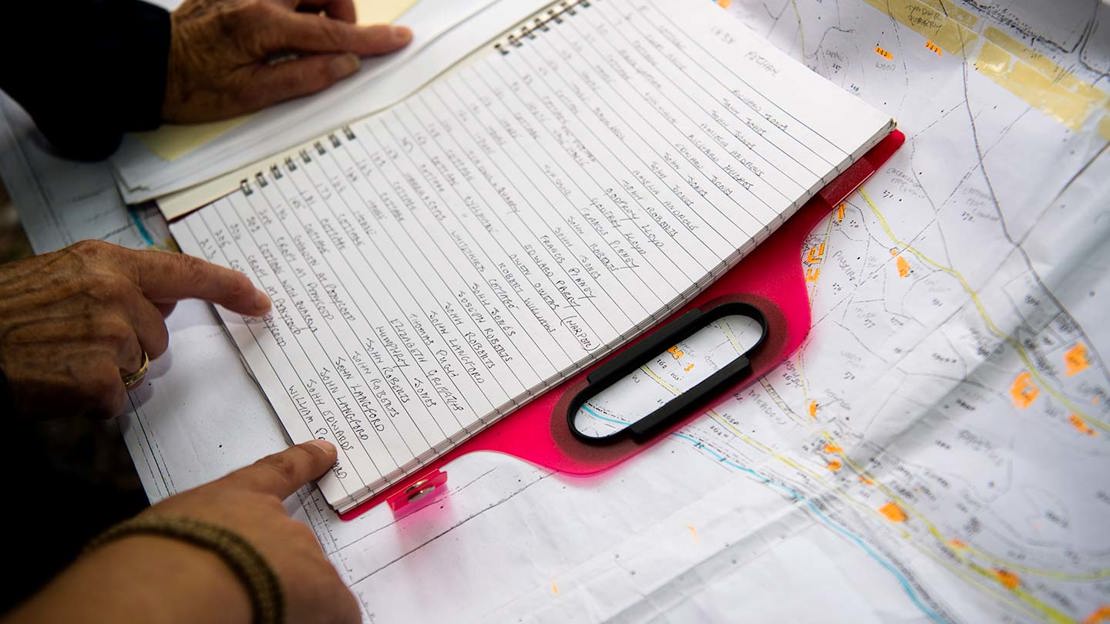Acquiring your community wood
Getting serious about a community wood? Here's our guidance on acquiring one, from buying to leasing.

How to buy or lease a wood
Dealing with landowners - our key tips
- Prepare a business plan and demonstrate that you have a sound cash flow plan, and offer a standing order or direct debit mandate for the rent. And prepare a realistic business plan - you can search for good examples online.
- Assure them that you’ll be responsible for potential noise and traffic issues.
- Nominate a member of your group as a key contact point.
- Show evidence of any support you have from the community and funders.
- Be willing to compromise.
Insuring your wood
Make sure your wood is insured from the moment your sale contract or lease is exchanged.
Every community woodland group should strongly consider insurance, and it should cover both your members and anyone visiting the site you own or lease. Public Liability Insurance will cover all public activities in your wood: make sure any particular hazards on the site are covered by your policy.
If you plan to work in the wood, a policy should explicitly cover you for using chainsaws, chippers and other machinery. And if you plan to employ contractors, or invite companies to attend public events, make sure they produce insurance that covers both themselves and the public.
For more detailed information visit the Community Land Advisory Service.

